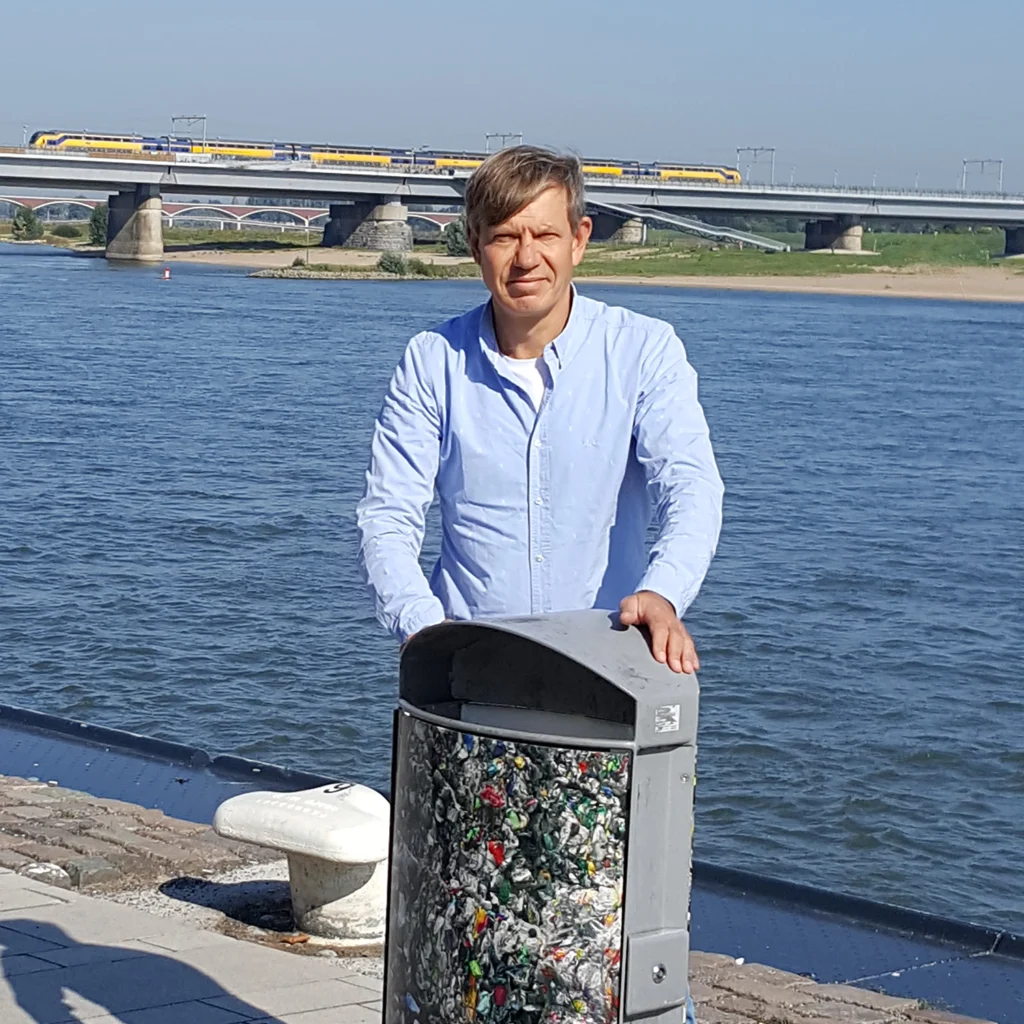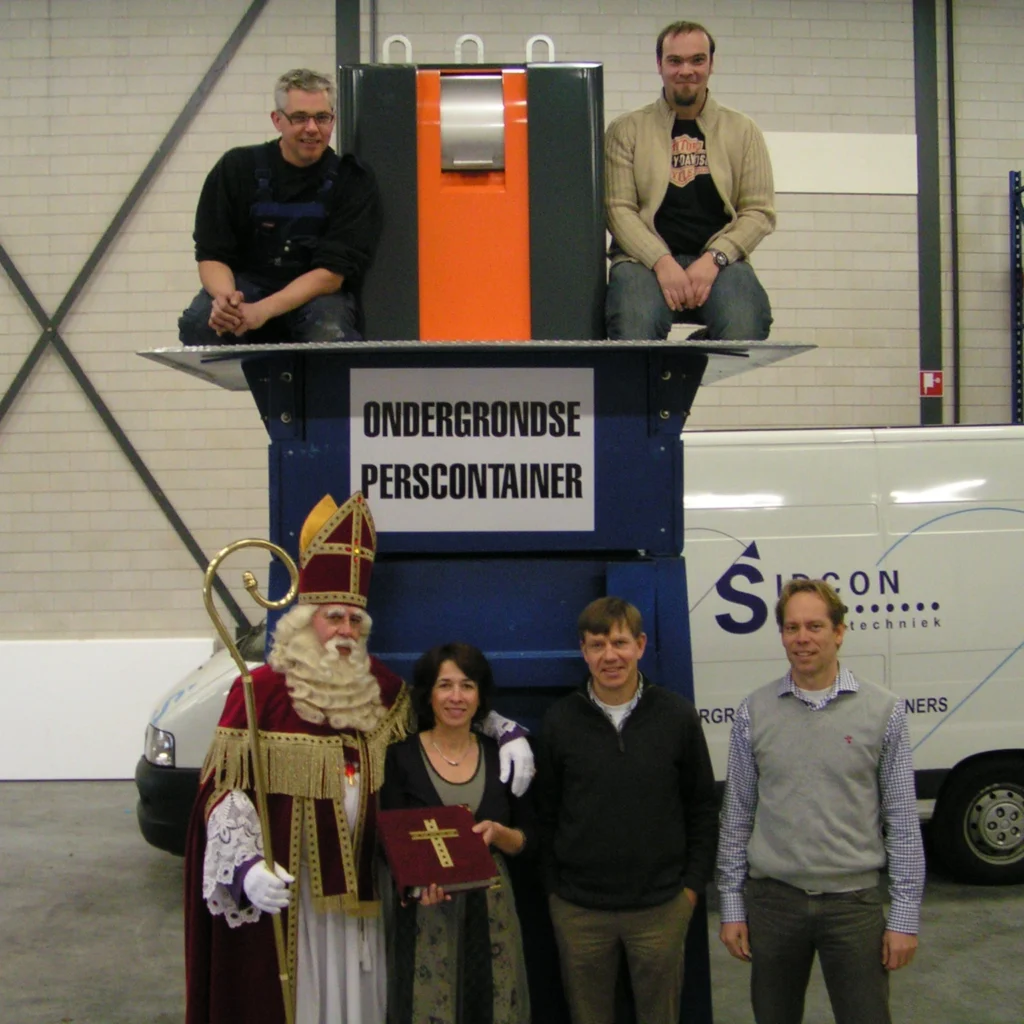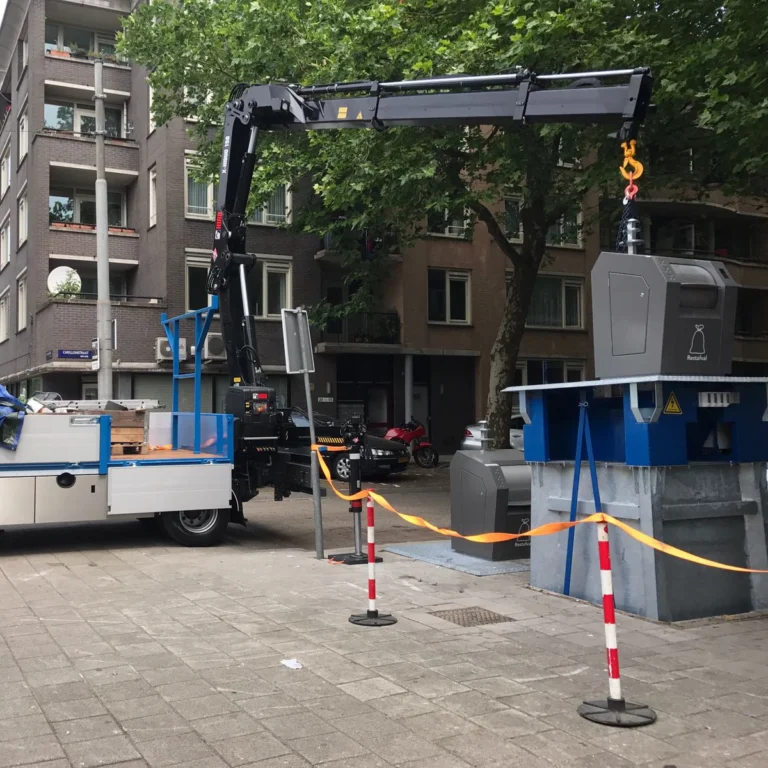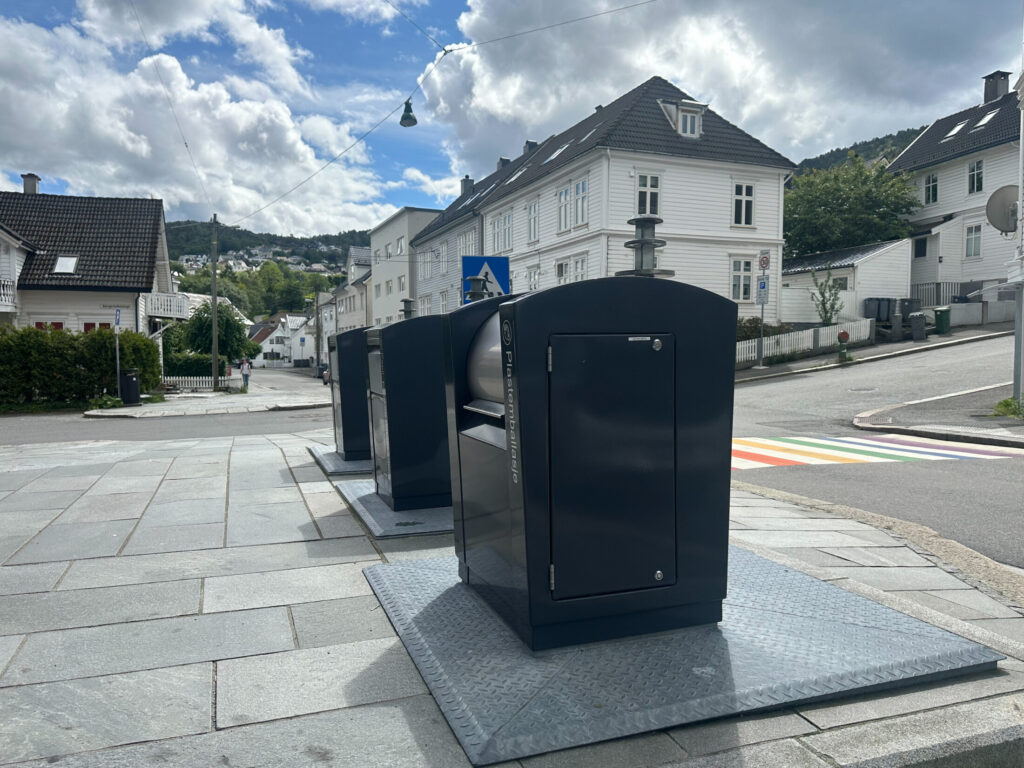After working for an employer for several years, I happened to speak to a good friend at just the right moment. He had bought an East German company producing roll-off containers. He asked if I wanted to handle sales in the Netherlands. “Why not,” I thought. Now I just needed a name. His company was called Sideron, my surname is Siderius, and the business was about containers, so it became Sidcon.
The roll-off containers were a success, and a small machine factory in a small Dutch city called Wijchen came up for sale. This was something completely different, but I thought it would be fun. A few years later, we added a construction company from Velp. With construction company Bodt and machine factory Barten, we grew steadily by producing parts for machinery, trailers, and offshore components.

By then, Boris Gubbels, later co-owner of Sidcon, had joined the machine factory as a technical sales and account manager. Through various contacts with waste collectors, we heard that household plastic would soon be collected mainly in underground containers, but the large volume posed a problem. That was when the seed for our underground compactor was planted.

Reinier and Boris began the “Sidcon journey”. Especially in the early days, it was a lot of trial and error. Introducing a new product in a market that was new to us required time, perseverance, and investment. In 2008, the first compactor, similar to the ones we still produce today, was installed in Arnhem. Soon after, a compactor for residual waste was placed in the city centre of Deventer.
Boris was the driving force behind development, constantly searching for better ways to improve the design. From the very start, every possible improvement was implemented, with a strong focus on preventing malfunctions. A compactor is where large volumes of waste come together, and it simply has to work.
In the early years, we worked with a small team. Robert was the draughtsman who also handled service work. Pierre, who still works at Sidcon today, became our first field service technician. Corrie called every municipality to inform them about our product. At the time, production of the compactors was outsourced to the machine factory Barten.
Between 2008 and 2014, we managed to sell about 300 compactors, and business was picking up. The real breakthrough came with the Amsterdam tender. In Amsterdam South, 350 underground compactors were needed to remove all the waste bags from the streets. There was no space for the same number of regular underground containers. After a lengthy and educational tender process, we were able to start delivering, installing, and maintaining the products in 2016.

We reorganised the workshop to start producing in-house and hired people to streamline production. We set up a web portal to monitor the compactors remotely. The first maintenance truck was put into operation, and more technicians joined the team. Joost came over from the trailer industry to run the factory, and Pieter joined the sales team to introduce Sidcon to the rest of the Netherlands.
By Sidcon standards, we were flying. We grew rapidly with stable customers and volumes, and of course the accompanying challenges. We kept developing and improving. Looking back, you could say that the drive to innovate and improve has gradually become part of Sidcon’s DNA. Even today, we are committed to staying in motion and continuously looking for ways to do things better.

Then came the international stage. In 2018, we started working with a partner in Norway. Today, there are more than 100 Sidcon compactors spread across Western Europe. It is a challenging new phase, and anyone involved in export will confirm that. We believe in it, and it has been a great experience filled with unique encounters and interesting customers.
In the early days, our compactors were mainly used for packaging waste. It soon became clear that they were also an efficient solution for residual waste. We were often asked if they could also be used for paper and cardboard, but at first, we did not see much potential because of the limited compaction possibilities. Then online shopping skyrocketed, and with it, the number of cardboard boxes (and the air inside them). Today, a large share of our compactors are sold for paper and cardboard. This is a great example of adapting the product to meet demand.

We eventually outgrew our existing site. We were constantly moving materials around to make space, and the office was overcrowded. We added two more halls and extra offices. We renovated and completely redesigned the office. We hired a French-speaking team member, optimised our portal, and continued expanding our customer support services.